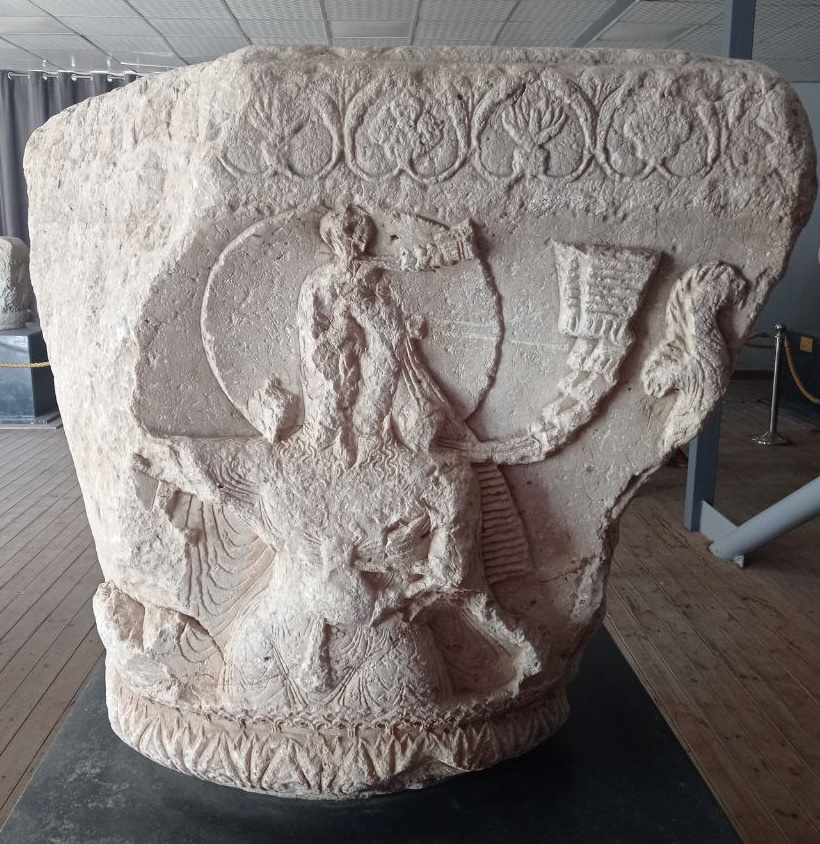Thread: Willow whistles and flutes are made in the spring when willow sap rises and loosens the bark... 



Because they were easy to make, these flutes and whistles were favourite kids instruments...(Pic The Willow Whistle, 1888, Ellen Day Hale) 

Now if you wanted to have a musical child, that can make music and not noise, this is what you were advised to do in 18th century Sweden:
"In the spring fetch water from a stream that flows southwards. The water should be taken where it murmurs the most loudly..." (Pic Kamajokk river Sweden) 

"...Then a child's parent should blow into the water with a willow flute that a child had used. The child then has to drink this water for three days on an empty stomach. This would ensure that the child would have a very good ear for music"... 

That would also insure that the child's parent would save his/her ears 🙂
This music spell can be found (with loads of other interesting stuff related to ancient European musical instruments) in "Music and sounds in ancient Europe" emaproject.eu/images/stories…
This music spell can be found (with loads of other interesting stuff related to ancient European musical instruments) in "Music and sounds in ancient Europe" emaproject.eu/images/stories…
Now there were times when you wanted to make noise and not music with your willow whistles, flutes and trumpets...During the night before St George's day, when these instruments were blown "to scare witches (winter) away"... oldeuropeanculture.blogspot.com/2019/03/may-ho… 



A lot more interesting willow folklore can be found in this thread
https://twitter.com/serbiaireland/status/1376212056148488192
• • •
Missing some Tweet in this thread? You can try to
force a refresh























